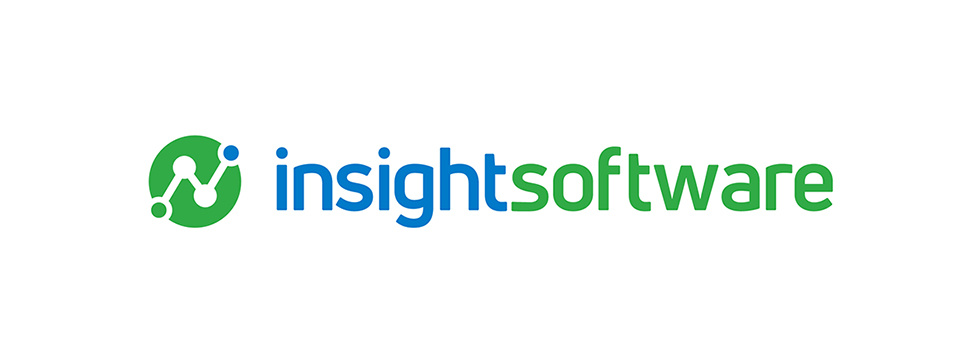Strategic planning ranks high on a company’s list of priorities and equally high on the list of challenges. Consider the eye-opening results of a recent survey: 94% of CFOs plan to change their risk strategy in the wake of the COVID-19 pandemic. Those are sweeping changes in response to unprecedented events, but the need for change is not out of the ordinary.
Even before the pandemic, companies faced intense pressure to adapt to the ever-changing environment around them, including factors such as a new generation of technology, changing regulations, market swings, and more agile competitors. With so many disruptive forces in play at once, strategic planning is critical. Even more important, though, is the need to assess whether a strategy is working in real-time and having the ability to make agile adjustments.

This is the era of agility when the ability to pivot plays a large part in whether a company merely survives or succeeds. Key to the whole effort is having a way to measure whether and to what extent the strategic plans in place are delivering the intended outputs and, based on those insights, make the right choices about how to adapt or shift.
So how do companies evaluate their strategic planning? The same way they evaluate everything else: with key performance indicators. Success and failure always come down to hard metrics. Focusing on the right ones indicates, in no uncertain terms, whether a strategy is successful. Here are five KPIs that deserve your attention:
1. Working Capital
Similar to the fuel gauge in a car, the amount of working capital a company has on hand tracks closely to how much forward momentum it has left – something vital to understand as part of any strategic effort. Working capital indicates the amount of readily available capital, including cash, accounts receivable, and short-term investments, with current liabilities, subtracted like short-term loans, expenses, and accounts payable. Declining amounts of working capital suggest a strategy that isn’t working or that could be approaching failure.
2. Debt to Equity Ratio
As a fundamental measurement of profitability, the debt to equity ratio speaks loudly about strategic performance. It is measured as total liabilities over total shareholder equity. It’s important to track this metric, closely and continuously, to understand how much the company is using debt to fuel growth.
3. Current Ratio
The current ratio, or the ratio of total assets divided by total liabilities, indicates how consistently a company can meet its financial obligations. It’s a telling indicator of financial performance, which is why the current ratio has a big impact on creditworthiness. A current ratio that is too low may scare away creditors and investors, which can slow down a growth strategy. Alternatively, needing to reduce financial liabilities to raise the ratio could also impact how the company plans to grow.
4. Return on Equity
Dividing the company’s net income by the shareholder’s total equity reveals the return on equity. The metric highlights whether a company is making enough revenue to satisfy investors and attract future ones. Like the rest of the metrics on this list, the return on equity transcends any specific strategy and helps all companies understand their performance regardless of the objective.
5. Customer Acquisition Cost to Lifetime Value
Every business needs to understand what it is spending to attract customers compared to what it gains for each customer attracted. This metric highlights the performance of sales and marketing while helping to inform financial forecasts. Since every strategy, to some extent, seeks to attract more customers and increase their overall value, those in charge of strategy need to know if this metric is rising or falling.
Strategic planning can feel all-consuming. Those in the driver’s seat need KPIs at their disposal all the time, but they can’t spend their time finding and crunching numbers. With tools from insight software, including customized dashboards that automatically update in real-time, data informs strategy instead of obscuring what to do next.
Make the right choice more often; get your free dashboard today!







